Disclosure: This article contains affiliate links. We may earn a commission from purchases at no extra cost to you, which helps our travel content.
There's something deeply spiritual about college towns—the way they blend youthful energy with timeless architecture, creating spaces where community thrives and ideas flow freely. Brookings, South Dakota, home to South Dakota State University, embodies this beautiful paradox. As I stepped off the bus on a crisp autumn morning, the golden prairie light illuminating the historic downtown buildings, I felt that familiar sense of discovery that keeps me traveling to these overlooked American gems. Having explored infrastructure across continents, I've developed a particular fondness for these small educational hubs where the physical and intellectual landscapes intertwine. Brookings offers an authentic slice of prairie life with surprising cultural depth, engineering marvels, and sacred spaces both traditional and unexpected. Whether you're a student exploring weekend options, a parent visiting campus, or simply a curious soul like me seeking connection in unexpected places, this 48-hour itinerary will guide you through the spiritual and structural heart of this South Dakota treasure.
Day 1: Campus Sanctuaries and Downtown Discoveries
My journey through Brookings began where the town's heart beats strongest—on the historic campus of South Dakota State University. As someone who sees the sacred in structures built for community gathering, I found SDSU's Coughlin Campanile bell tower particularly moving. Standing 165 feet tall, this 1929 landmark serves as both a physical and spiritual anchor for the campus. I spent a quiet moment at its base, watching students cross the expansive green, thinking about how bell towers have called communities together for centuries across faiths and cultures.
The nearby South Dakota Art Museum provided unexpected sanctuary. Housing the state's largest collection of Harvey Dunn prairie paintings, the museum offers a visual meditation on the relationship between land, sky, and human presence. Dunn's iconic 'The Prairie Is My Garden' speaks to the spiritual connection between cultivation and creation—a theme that resonates deeply with me as both minister and traveler.
As afternoon settled in, I made my way downtown along shaded streets lined with century-old trees. Brookings' historic district surprised me with its well-preserved architecture and vibrant community energy. I discovered Cottonwood Coffee, a gathering space where students and professors engage in the sacred ritual of conversation over locally-roasted brews. The barista recommended their signature Jackrabbit Blend (named for SDSU's mascot), which fueled my exploration of the nearby shops.
For dinner, I followed a local student's advice to Nick's Hamburger Shop, a Brookings institution since 1929. There's something almost liturgical about their unchanging ritual—small, simple hamburgers served on wax paper, prepared exactly the same way for nearly a century. The line of customers spanning generations reminded me that breaking bread together remains one of our most fundamental community practices.

💡 Pro Tips
- Visit the Campanile in late afternoon when the light makes the limestone glow golden
- The South Dakota Art Museum is free to the public, though donations are appreciated
- Nick's Hamburgers only accepts cash, so come prepared
Engineering Marvels: SDSU's Hidden Infrastructure
My second morning in Brookings led me to what might seem an unlikely spiritual destination—the SDSU engineering facilities. As someone who finds the sacred in our built environment, I was drawn to the Lohr College of Engineering, where future builders of our communal infrastructure learn their craft.
The Jackrabbit Engineering Complex houses remarkable laboratories where students design everything from water management systems to renewable energy solutions. I was fortunate to join a student-led tour (available most Friday afternoons during the semester) where I witnessed testing in the materials lab. Watching concrete cylinders being compressed to their breaking point became an unexpected metaphor for strength and vulnerability—how we must understand our limitations to build structures that endure.
The highlight was undoubtedly the Structures Laboratory, where full-scale bridge components undergo stress testing. As someone who has written extensively about the spiritual significance of bridges—those physical manifestations of our desire to connect across divides—watching students calculate load distributions felt like witnessing a form of modern prayer. They were, after all, dedicating themselves to creating safe passages for strangers they would never meet.
Before leaving campus, I visited the recently completed Precision Agriculture facility, where technology and farming traditions merge. The building itself is a marvel of sustainable design, featuring rainwater harvesting systems and solar orientation that reflects the prairie's natural wisdom. I couldn't help but think of ancient agricultural communities who similarly aligned their structures with natural cycles, finding a through-line of human ingenuity across millennia.
For exploring campus and taking notes during my engineering tour, my weatherproof notebook proved invaluable, especially when we ventured outside to examine drainage systems during a surprise autumn shower.

💡 Pro Tips
- Email the engineering department a week ahead to confirm tour availability
- The Precision Agriculture facility offers self-guided tours with interactive displays
- Visit the Water Resources Institute to learn about prairie hydrology and conservation
Prairie Sanctuaries: Natural Connections
No visit to Brookings would be complete without communion with the prairie landscape that shapes the region's spirit. After lunch at the local Pheasant Restaurant (where I recommend the bison burger with local chokecherry sauce), I headed to McCrory Gardens, a 70-acre horticultural sanctuary on the eastern edge of town.
Autumn transformed the gardens into a tapestry of russet, gold, and deep purple—colors that spoke of transition and the sacred cycle of seasons. The South Dakota Prairie Garden section particularly moved me, showcasing native grasses that have evolved over millennia to thrive in this challenging climate. Standing amid the swaying big bluestem and switchgrass, some reaching heights above my head, I felt a profound connection to this landscape that has nurtured human communities for thousands of years.
The garden's meditation labyrinth provided an unexpected opportunity for walking prayer. Following its circular path inward, I contemplated the journey that brought me to this particular place at this particular moment—the countless decisions, connections, and divine nudges that guide our paths. For fellow travelers seeking contemplative space, I recommend bringing a travel journal to record reflections that emerge in such sacred spaces.
Later that afternoon, I drove just outside town to visit the Dakota Nature Park, reclaimed from former gravel pits and transformed into a 135-acre sanctuary of wetlands, grasslands, and small lakes. The park represents a powerful story of redemption—how extraction can give way to restoration when communities commit to healing the land.
I rented a kayak from the nature center (a bargain at $5/hour for non-residents) and paddled quietly through the interconnected ponds. From this water-level perspective, I observed herons patiently fishing and turtles sunning themselves on fallen logs. The golden hour light filtering through cattails created a cathedral-like atmosphere, reminding me that our most profound sanctuaries often exist beyond human construction.
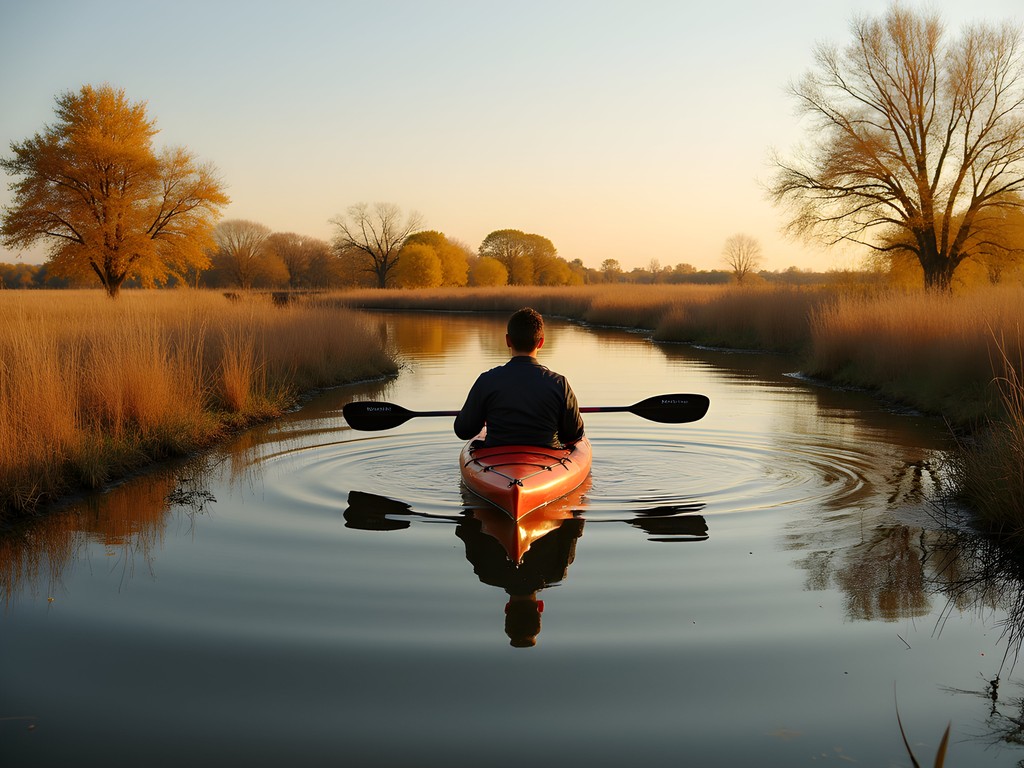
💡 Pro Tips
- McCrory Gardens has a small entrance fee ($4 for adults) but is free for SDSU students
- Dakota Nature Park equipment rentals end one hour before sunset
- The prairie section is most spectacular in late September when grasses reach their full height and color
Connecting Through Cuisine: Community Tables
My final morning in Brookings began with a visit to the vibrant Farmers Market on the downtown plaza (Saturday mornings, May through October). As someone who sees the spiritual dimension in how communities feed themselves, I found deep meaning in watching farmers and artisans offer their harvest directly to neighbors. I purchased fresh chokecherry jam, artisan bread, and locally-produced honey—each exchange accompanied by stories of land stewardship and family tradition.
For travelers seeking to understand a place's soul, I always recommend these direct producer-to-consumer spaces where food becomes a medium for connection rather than mere consumption. I filled my reusable shopping bag with enough local provisions for an impromptu picnic later in the day.
Lunch took me to Craft, a downtown establishment where local ingredients transform into creative dishes that honor both tradition and innovation. Their bison meatloaf with juniper berry glaze exemplifies how regional cuisine can tell a story of place—connecting diners to the prairie ecosystem through thoughtful preparation of indigenous ingredients.
As someone who studies how infrastructure shapes community gathering, I was particularly interested in Brookings' creative approach to public space. The downtown's recent revitalization has created pocket parks and conversation areas where students and long-time residents naturally mingle. At Wooden Legs Brewing Company, I witnessed this community integration firsthand—professors sharing tables with farmers, students engaging with retirees, all connected through locally-crafted beverages and genuine conversation.
The brewery occupies a repurposed building that once housed an auto repair shop, its industrial bones now serving a new communal purpose. This adaptive reuse of infrastructure speaks to the resilience of small communities like Brookings, where limited resources inspire creative reimagining of space. Over a flight of craft beers named for local landmarks, I struck up conversation with SDSU engineering students who shared their visions for sustainable infrastructure in rural communities—a reminder that today's students are tomorrow's community builders.
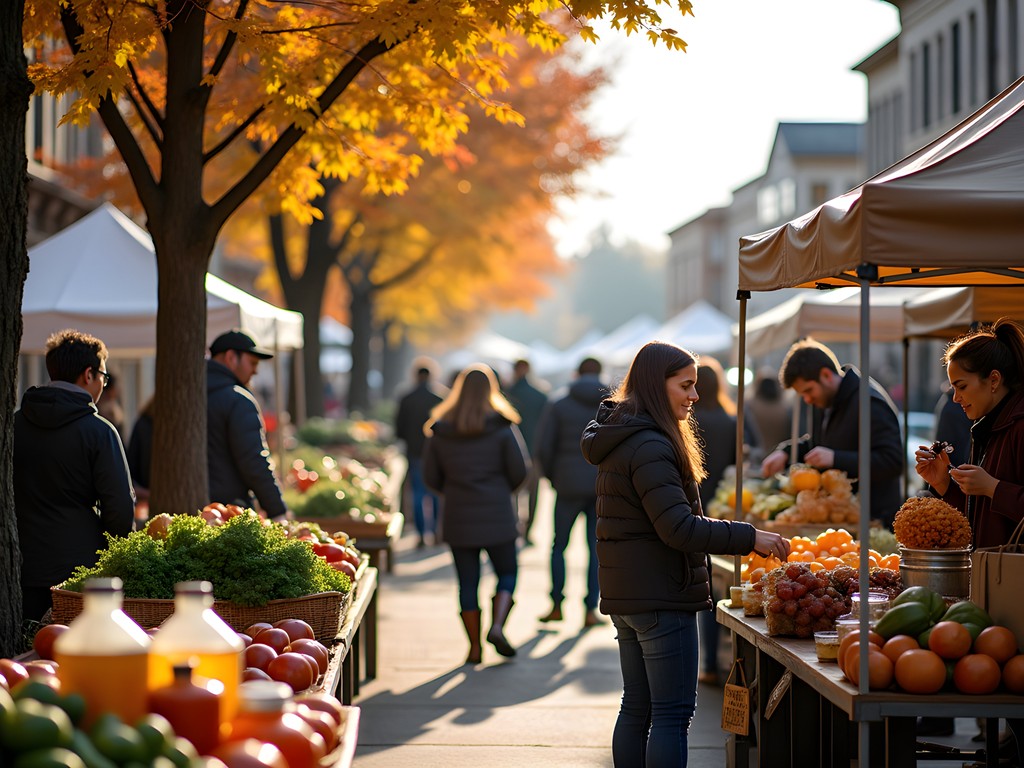
💡 Pro Tips
- The Farmers Market opens early (8am) and the best products sell out quickly
- Craft's menu changes seasonally based on local availability—trust the daily specials
- Wooden Legs offers brewery tours on Saturday afternoons with advance reservation
Science as Sacred: Children's Museum & Beyond
Before departing Brookings, I made time for one final infrastructure marvel—the Children's Museum of South Dakota. Though designed primarily for younger visitors, this transformed elementary school building offers profound insights into how thoughtfully designed spaces can nurture curiosity and wonder—qualities essential to both scientific and spiritual growth.
As someone who finds the sacred in spaces where discovery happens, I was particularly moved by the museum's Prairie Play area, where children interact with larger-than-life grassland creatures, including animatronic dinosaurs that connect young minds to deep time. The flowing design guides visitors through ecosystems and experiences that tell South Dakota's story from prehistoric eras to agricultural present.
The water feature particularly captivated me—an elaborate system of dams, channels, and pumps that allows children to manipulate flow and understand watershed concepts through play. As I watched young engineers redirect streams and create impromptu reservoirs, I thought about how early exposure to infrastructure concepts shapes future stewards of our built environment.
For capturing these meaningful educational interactions, I relied on my travel camera which allowed me to document the museum's innovative design elements without disturbing the children's engagement.
Before catching my afternoon bus, I made a final stop at the South Dakota Agricultural Heritage Museum on the SDSU campus. Here, the state's infrastructure history comes alive through exhibits on rural electrification, windmill technology, and the development of transportation networks that connected isolated homesteads to larger communities. A 1915 steam tractor stood as testament to how mechanical innovation transformed prairie possibility—a reminder that today's mundane infrastructure was yesterday's miracle.
As I traced South Dakota's technological evolution from horse-drawn plows to GPS-guided precision agriculture, I reflected on how each generation builds upon the foundations laid by those before. The museum's collection of hand tools, each worn smooth by decades of use, spoke to me of the sacred dimension of human labor—how we shape the world through patient, repeated action guided by both necessity and vision.
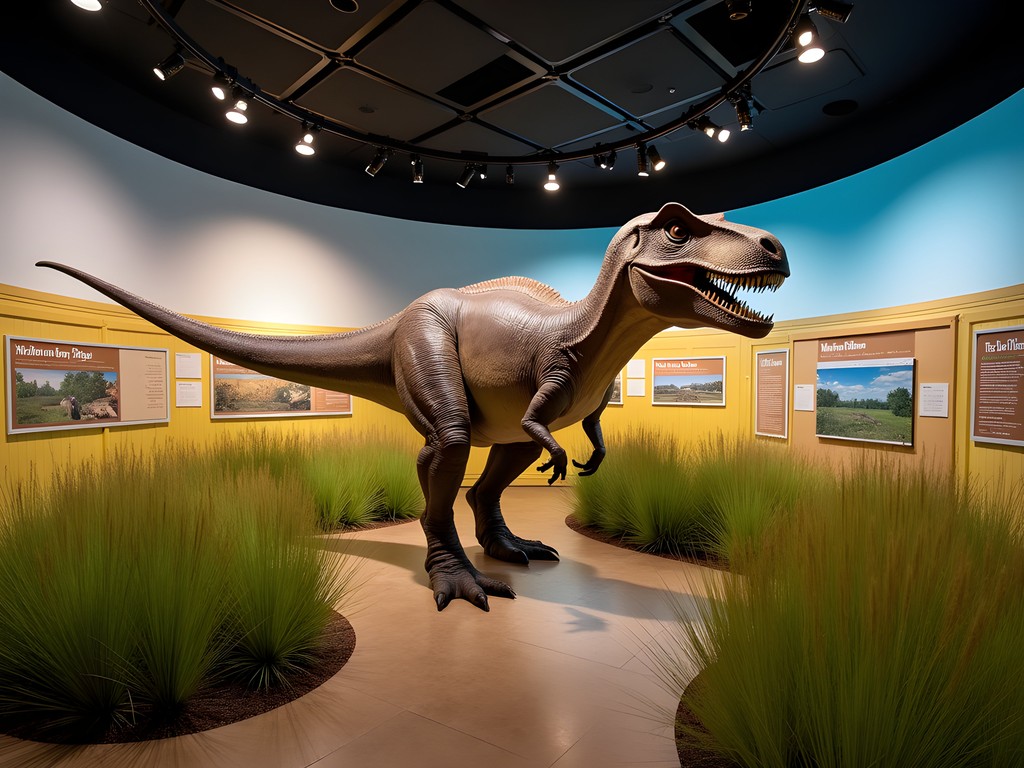
💡 Pro Tips
- Visit the Children's Museum on Sunday morning for smaller crowds
- The Agricultural Heritage Museum is free but closed on Mondays
- Allow time to explore the museum's outdoor exhibits including historic windmills
Final Thoughts
As my bus pulled away from Brookings, the Campanile's silhouette receding against the vast prairie sky, I reflected on how this modest college town embodies what I seek in travel—places where physical infrastructure and human spirit intertwine to create meaning. In just 48 hours, Brookings revealed itself as a community that honors its agricultural foundations while nurturing innovation through education. The town's thoughtful adaptation of spaces—from gravel pits to nature parks, auto shops to breweries—speaks to a deeper wisdom about stewardship and renewal. Whether you come as a student, parent, or curious traveler, Brookings offers an authentic encounter with prairie culture and unexpected moments of connection. As you walk these streets, paddle these reclaimed waters, or share a table with locals, may you too discover the sacred dimensions hidden within this seemingly ordinary South Dakota town.
✨ Key Takeaways
- Brookings balances rich agricultural heritage with forward-looking innovation through SDSU
- The town's natural spaces offer spiritual renewal through thoughtful land reclamation and conservation
- Local food systems provide direct connection to regional culture and community
- Even small college towns contain infrastructure marvels worth exploring with curious eyes
📋 Practical Information
Best Time to Visit
September-October (fall semester) for optimal weather and campus energy
Budget Estimate
$150-250 for a weekend (lodging, meals, activities)
Recommended Duration
2-3 days
Difficulty Level
Easy

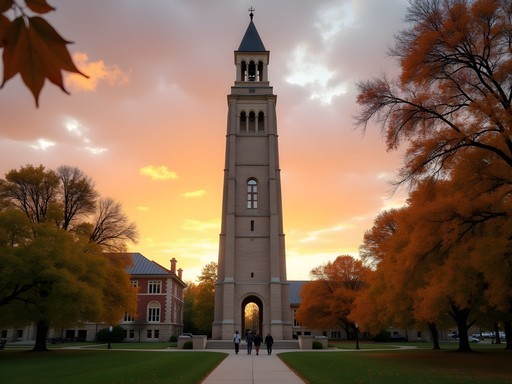
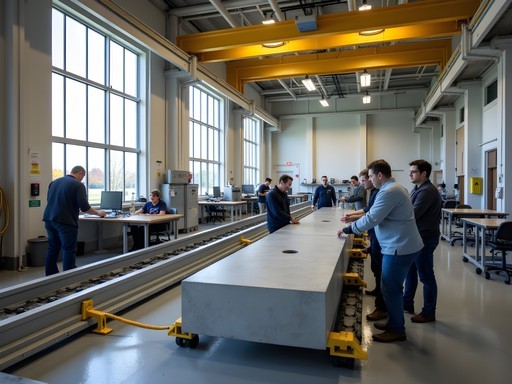


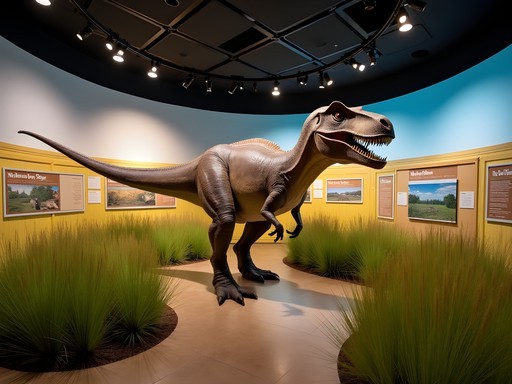


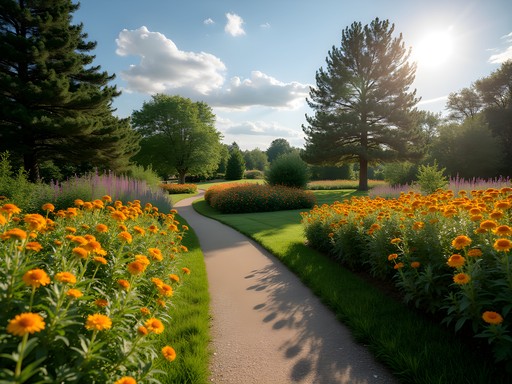

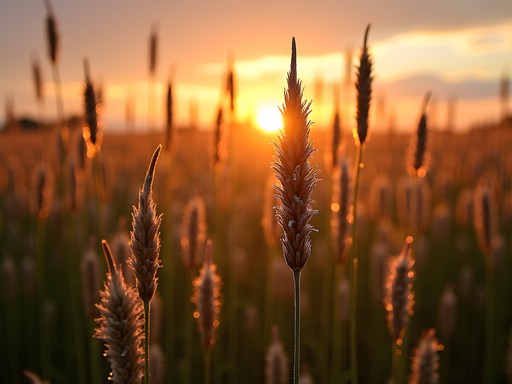
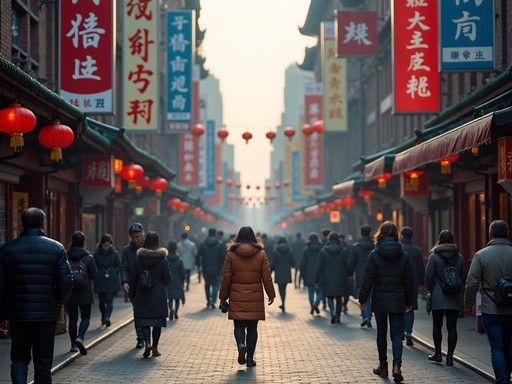
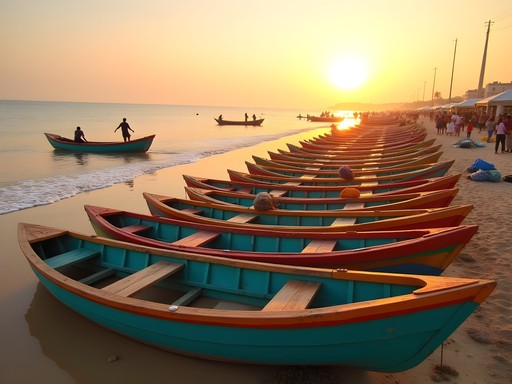


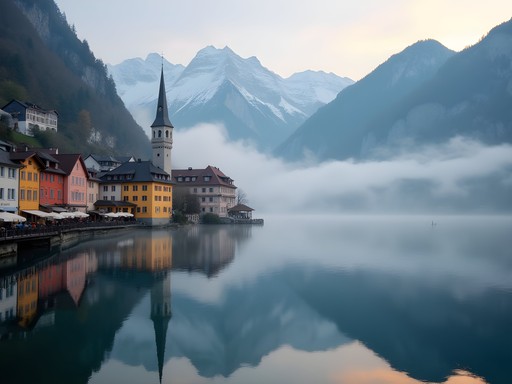
Comments
Casey Andersson
What a charming portrait of Brookings! I stayed there during a cross-country road trip last year, and it was such an unexpected delight. The Campanile at sunset is truly magical - I have a photo of it framed in my office now. For anyone visiting, I'd add that timing your visit around the farmer's market (Saturday mornings downtown) adds another layer to the experience. The local honey and artisan cheeses make perfect souvenirs. Also, the Children's Museum is surprisingly sophisticated if you're traveling with little ones. The interactive water feature kept my niece entertained for hours while the adults enjoyed local craft beers on the patio across the street. Christina captured the essence perfectly - there's something about these Midwestern college towns that feels both nostalgic and forward-looking at the same time.
midwest_explorer
If anyone's heading to Brookings in the fall, try to catch a Jackrabbits football game! The atmosphere is amazing and tickets are way cheaper than big D1 schools. We tailgated there last October and had a blast!
oceanking
Great tip! Is parking easy to find on game days?
midwest_explorer
Super easy compared to bigger schools! We parked about 10 minutes away and walked. No traffic nightmares!
roadtrip_rachel
Love the photos of the Campanile! Such a pretty campus landmark.
Douglas Bradley
I appreciate how you captured the spiritual essence of college towns, Christina. There's something about that intersection of academic tradition and youthful energy that creates a unique atmosphere. I visited Brookings last year during a cross-country trip and was surprised by the McCrory Gardens - such a hidden gem! The prairie restoration areas were particularly moving. I spent hours photographing native grasses with my travel tripod, which was perfect for those low-light sunset shots across the prairie. Did you happen to catch any of the student art exhibitions while you were there?
Christina Payne
Thanks Douglas! McCrory Gardens is truly special - I could have spent days there. I did catch a small exhibition at the SDSU art museum featuring student work inspired by prairie ecosystems. The intersection of science and art was fascinating!
tripmaster
How's the public transportation situation in Brookings? Is it easy to get around without a car? Planning a visit but trying to keep costs down.
wanderlustchamp
It's pretty walkable! We stayed near downtown and could walk to campus and most restaurants. There are buses but we never needed them.
oceanking
Did you try Nick's Hamburgers downtown? My cousin goes to SDSU and says it's a must-visit!
Christina Payne
Absolutely! Those tiny burgers pack so much flavor - I mention them briefly in the 'Community Tables' section. Definitely a local institution!
oceanking
This is so cool! I've driven past Brookings a bunch of times but never thought to stop. The engineering buildings sound fascinating!
Douglas Bradley
Same here! I've always been curious about those 'college town vibes' in the Midwest. Christina, did you get to tour any of the engineering labs? I'm particularly interested in their sustainability projects.
Christina Payne
Thanks for asking, Douglas! Yes, I did get a peek at their renewable energy lab - they have this amazing solar panel testing facility. Definitely worth requesting a tour if you're into that kind of thing!
Douglas Bradley
That's going on my list! I've been documenting sustainable initiatives in university towns across North America. Sounds like Brookings deserves a spot in my research.
Frank Garcia
Christina, your observation about college towns having a spiritual quality really resonated with me. I've been documenting small college towns across America for my blog, and Brookings has a distinctive character compared to others I've visited. The integration of agricultural heritage with academic innovation creates a fascinating cultural dynamic. I particularly appreciated your focus on the engineering infrastructure tour - most visitors overlook these technical aspects, but they reveal so much about a university's priorities. I'd recommend visitors also check out the architecture studio exhibitions if they're open when you visit - the student work provides interesting perspectives on rural development. I navigated the town using my travel notebook which has dedicated sections for mapping walking routes - perfect for these walkable college communities.
tripguy6262
Just got back from Brookings last week and this guide would've been so helpful! Definitely agree about Nick's Hamburgers - those sliders are addictive. We also stumbled upon the SDSU Dairy Bar and the ice cream there is INCREDIBLE. Made right on campus with milk from their own dairy program. The cookies n' cream was invented there, apparently! One thing I'd add is to check out the Outdoor Adventure Center if you're into that sort of thing - we rented bikes and explored all the prairie trails you mentioned.
tripmaster
Wait, cookies n' cream ice cream was invented at SDSU?? That's my favorite flavor! Now I have to visit just for that fact alone!
tripguy6262
Yep! They have a little display about it at the Dairy Bar. Apparently it was created there in 1979! Definitely worth the trip just for that historic ice cream experience lol
wanderlustchamp
Love those prairie sanctuaries you mentioned! The sunsets are unreal there.
Venture X
Premium card with 2X miles, $300 travel credit, Priority Pass